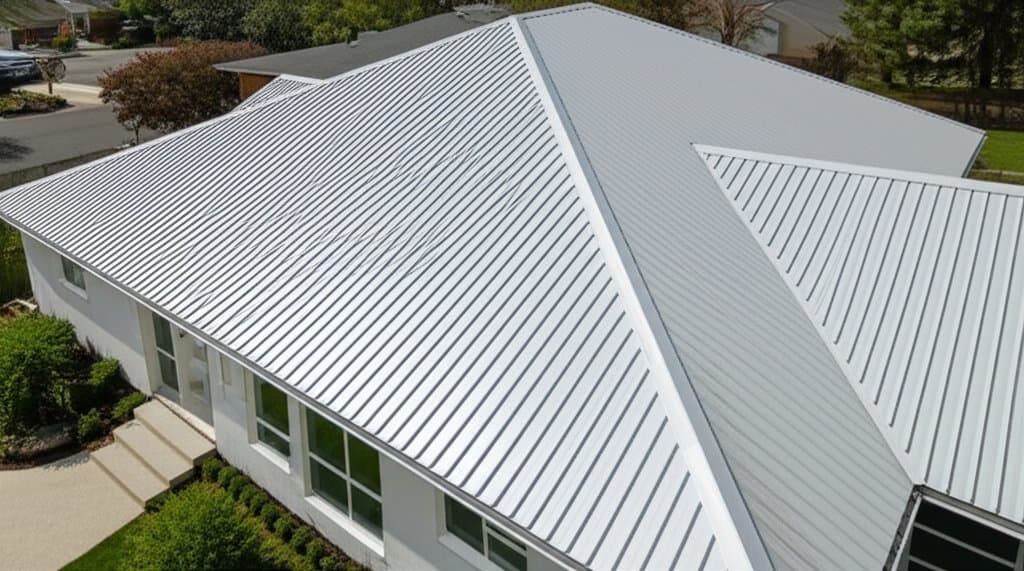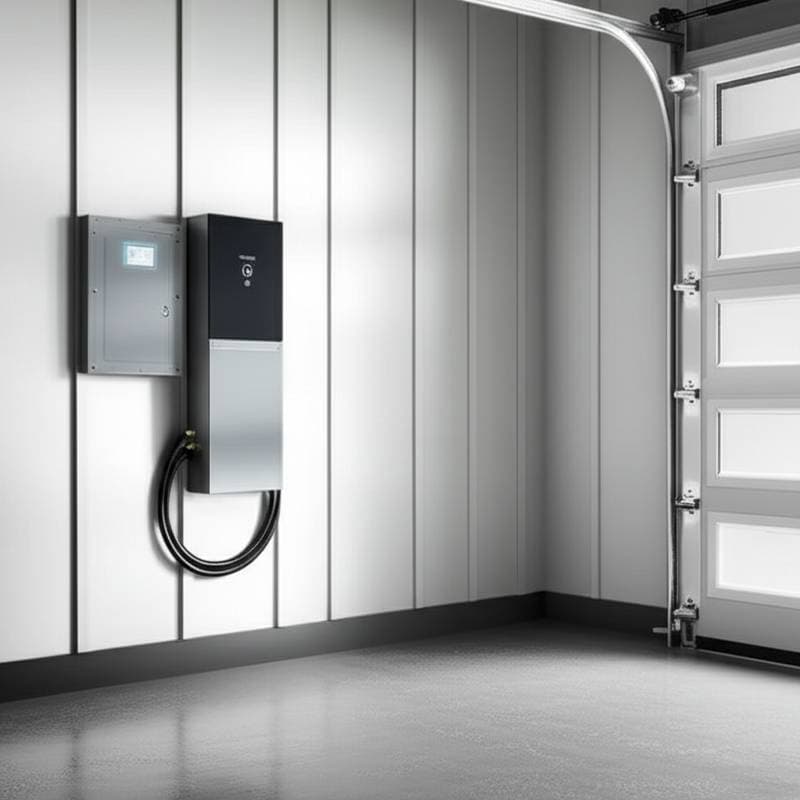New Solar Permit Rules Cut DIY Costs by $3K in 2025
Effective 2025, updated permit regulations reduce DIY solar expenses by approximately $3,000 through streamlined online applications, fixed fees, and rapid reviews for standard rooftop setups. These changes simplify the process, enhance affordability, and accelerate energy independence for homeowners while supporting municipal efficiency.



















